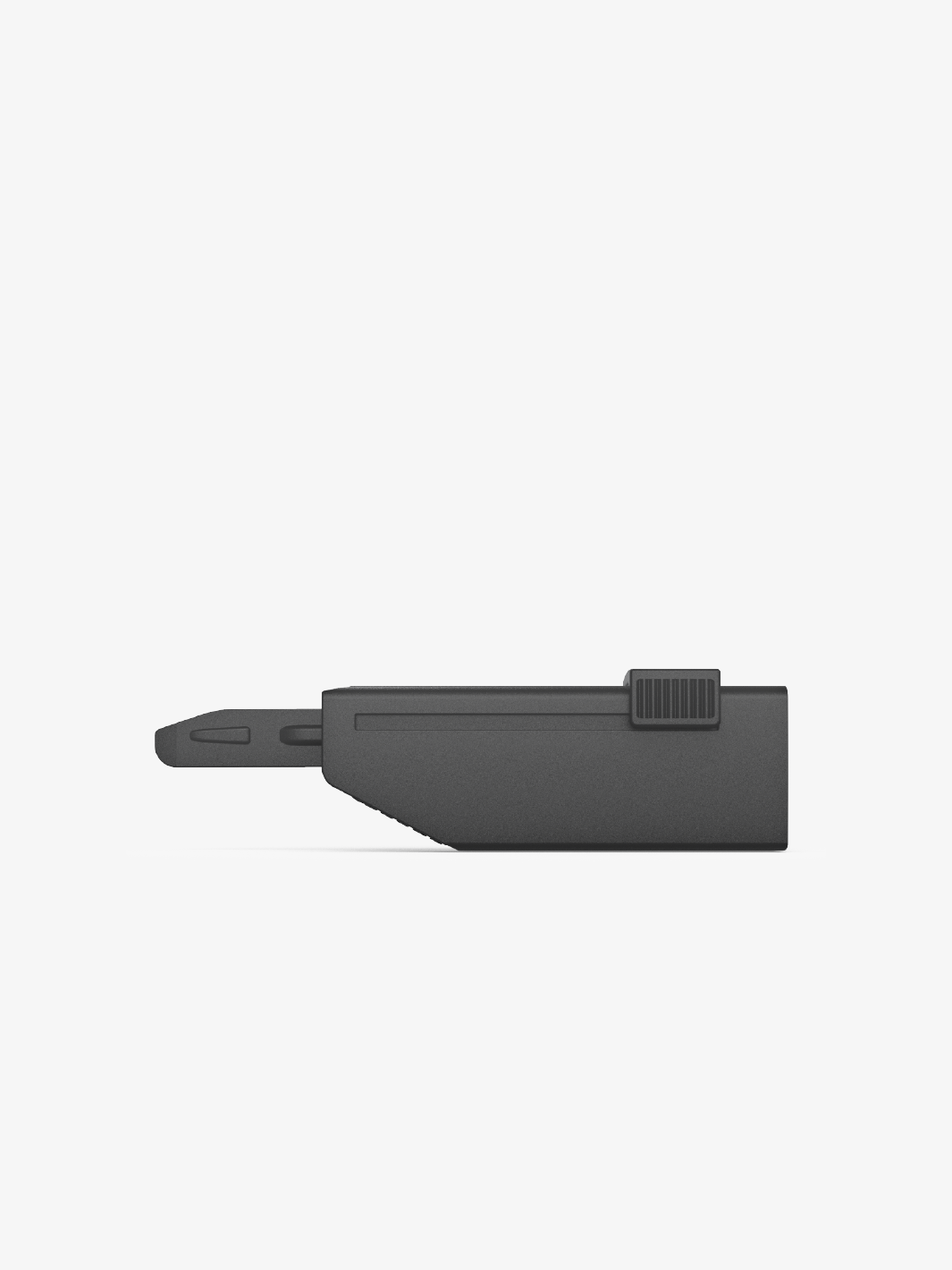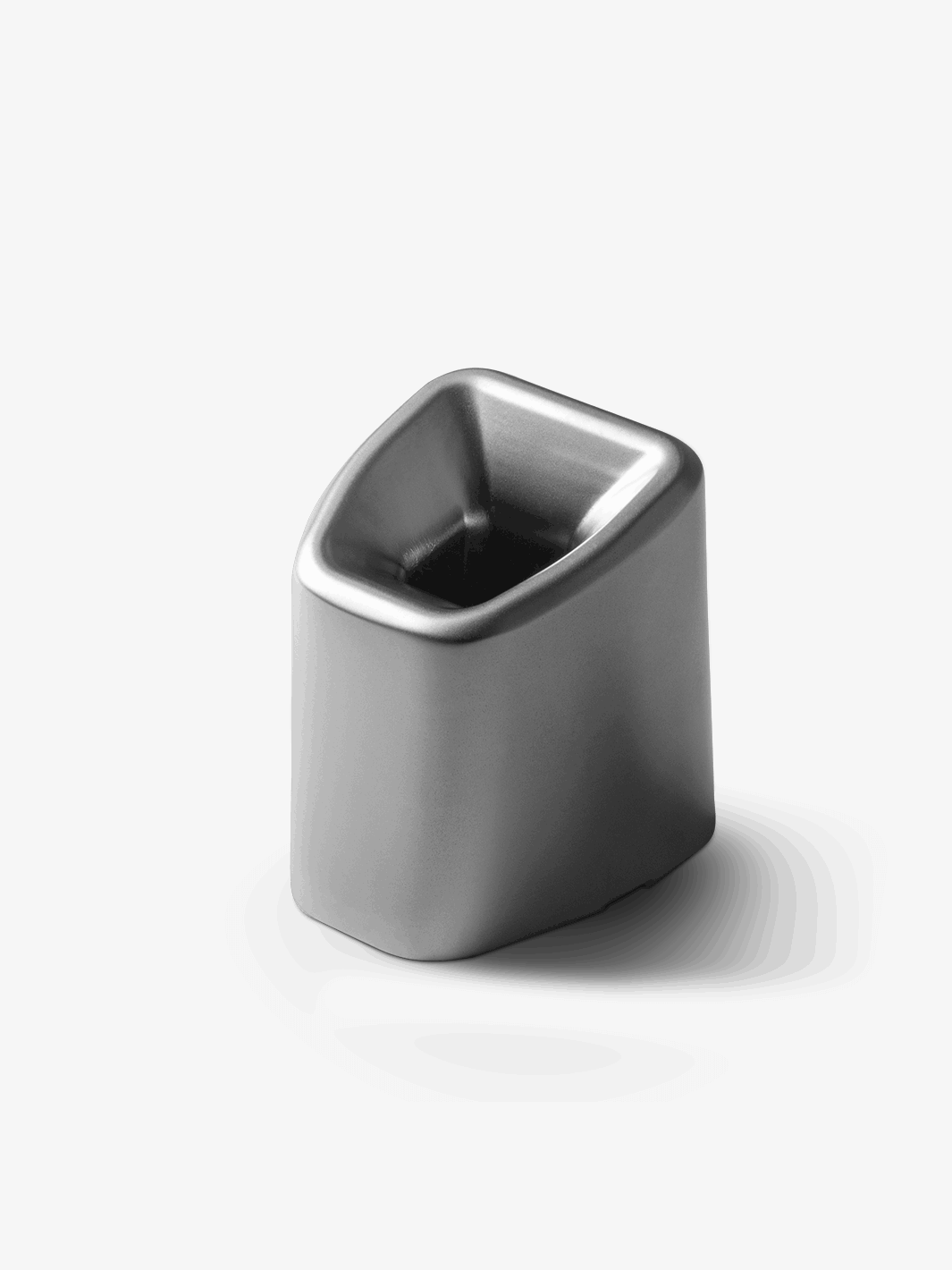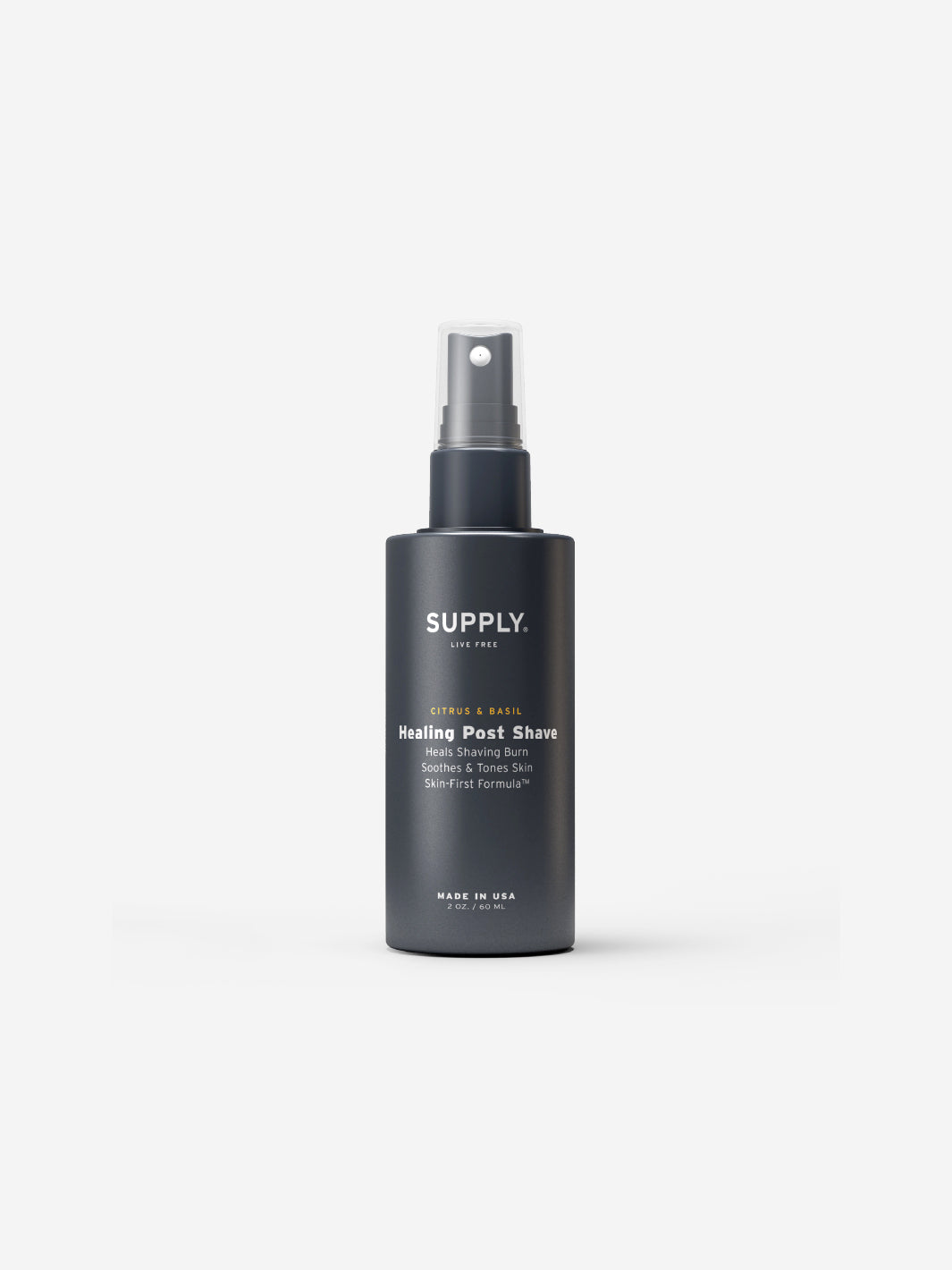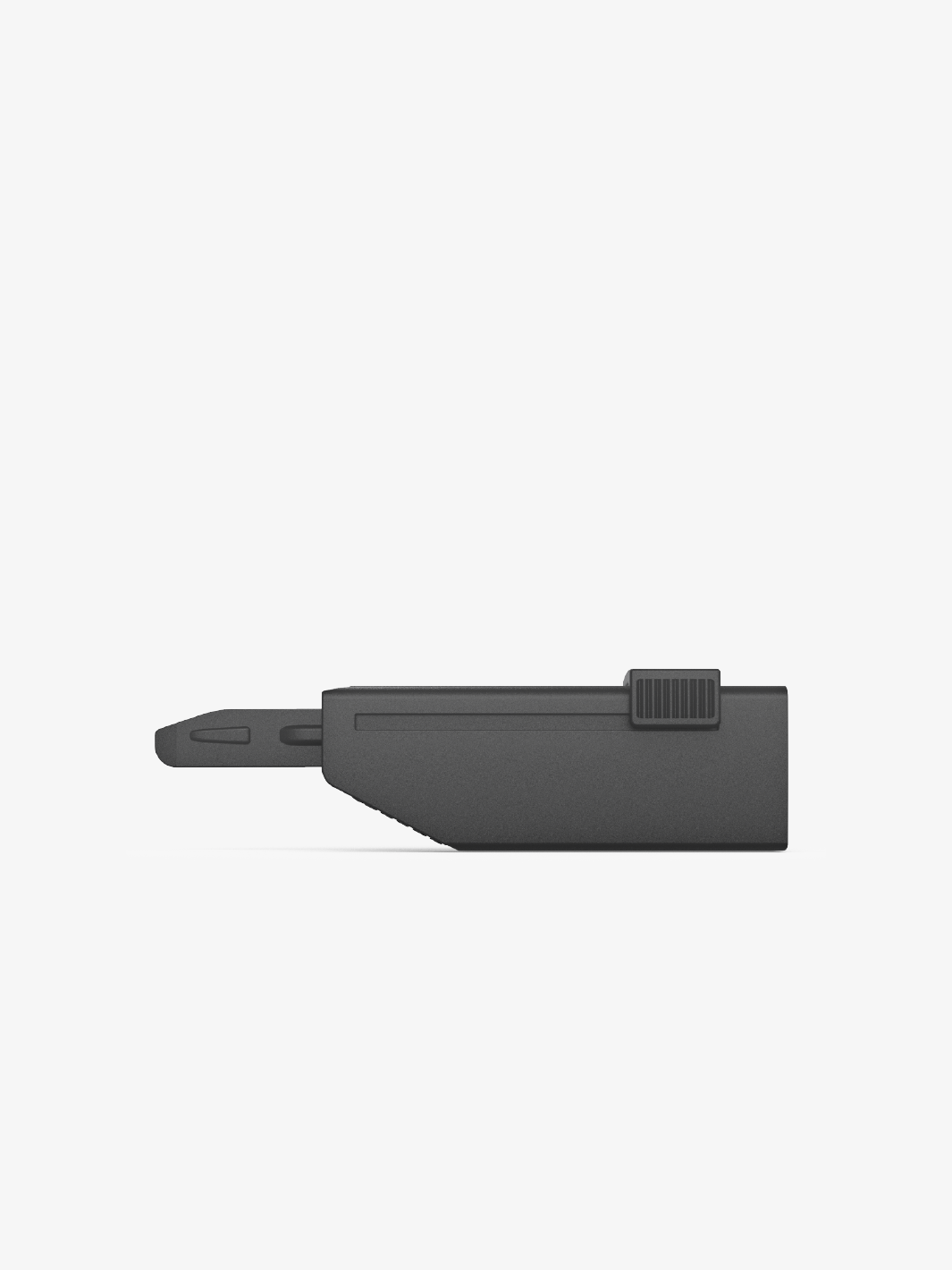Getting Started Tips for Shaving Legs
It's true. The Single Edge is the easiest way to begin shaving with a safety razor. However, as with any precision tool, there are important guidelines you will want to keep in mind when using it.
I know - you hate reading instructions. We all do. But the following points are important to getting the best shave out of your brand new razor. So take a few minutes to read through them and get to know your new razor. It may take a little time to figure out the mechanics, but the amazing shaves will be worth it.
And don't hesitate to reach out to us if you need any help. We love hearing from our customers!
Tip #1: No Pressure
Straight out of the box, you'll notice that your Single Edge is already loaded with a blade — this blade should last you for about 5-7 shaves, but it can last even longer. When the blade starts to feel rough on your skin, tugging and plucking your hair rather than cutting it, it's time to reload a new blade.
The Single Edge uses a very sharp, precise blade that is effective at giving you an extremely close, irritation-free shave. A bad habit learned from multi-blade razors is that pressing down on the blade provides a closer shave.
Your technique with the Single Edge will be the exact opposite. There's no need to press on the razor while using it. Think of shaving your legs or body as sweeping the hair away - allowing the weight of the razor to do all the work for you!
Using the correct angle is also very important for a close shave with your new razor. It's somewhere between 10-15 degrees rotated away from your skin. You'll need to experiment a bit to find the sweet spot.
Once you find it, be sure to maintain the angle of the razor around the curves and contours of your ankles, knees, or other large bone structures. It will take a few shaves to train your muscle memory, but it will become second nature in no time.

Tip #2: Prep Your Skin
A little know fact: what you do to prepare your skin for the shave is essential to getting the best shave possible. Even if your skin isn't naturally sensitive, shaving still can take a hefty toll on it. This is why it's important to do your best to protect and prep skin by getting your legs exfoliated and hair properly ready.
Warm water is your best friend during a shave. Take a warm shower, hot bath or even just use a warm, damp towel to soften the hairs you're about to shave. Our face wash is great for moisturizing and cleaning out your pores while also softening leg hair for a shave.
Consider using a shave brush to apply your shaving cream. In addition to application, it will exfoliate and help slough off old, dead skin cells. Plus, it does wonders to prepare skin by lifting hair to optimal shave angle and opening up pores.

How To Create A Thick Lather
Here's a quick step by step of how to create a rich, thick cushion of lather using our Shave Cream and Brush:
- Grab a bowl, like our Marble Shave Bowl, or mug and run it underneath warm water and let it sit for a minute to heat up the bowl.
- Dump out the water and grab your shaving cream. Take a finger scoop and rub it into the bottom of the bowl or mug.
- Take your shave brush and hold it under running to water, and then using vigorous, circular motions whip up a thick lather in your bowl or mug.
- If the lather seems too watery, add in a little more shave cream. If it seems too thick, add in a little water. Adjust to your preference.
- Take your brush loaded with lather and apply to your legs and wherever else you'd like to shave. Don't forget to get the lather trapped inside the brush by wrapping your hand around the base of the bristles and squeezing up.

Tip #3: Take Short, Light Strokes
Technique with the Single Edge may seem slightly different than what you're used to, but you'll be amazed at how quickly the muscle memory sets in. To talk about your technique, we first must discuss the direction of hair growth.
Mapping the direction of hair growth is a great place to start for all shaving, but especially if you are prone to having sensitive skin. While most men's beards have a wide range of growth and direction, leg hair tends to all grow in the same direction: down.
Most leg shavers would agree that they shave in an upward motion from the ankle up to the thigh, which is technically against the grain or against the natural direction of hair growth. Shaving against the grain will give an extremely close shave, but may also cause irritation on extremely sensitive skin types.
If you tend to struggle with sensitive skin or a history of reacting to leg shaves, we recommend shaving with the grain (from the knee down) to minimize irritation while still providing a close shave.
Once you've visualized the direction and path of your shave, start with the lower portion of your leg. You should be able to take long strokes and sweep away the hair without any added pressure. Let the heft of the razor do all the work. Always be careful around the areas with large bone structures, like the shin, ankle, and knee cap, and take short, light strokes to sweep away unwanted hair.
After your first pass, do a quick check to see if there are any patches that need a second sweep. If so, reapply lather to these sections and take gentle strokes to complete your shave.

Tip #4: Experiment
And we can't stress this enough, experiment with your new razor. Trying out different angles, settings, piecing together and dialing in different methods will ultimately help you find the perfect shave you've always been looking for.
One of the perks of owning a Single Edge is having three customizable shave settings: Sensitive, Comfortable, and Ultra Close. We always recommend starting on the sensitive (1 dot) setting to get acquainted with the unique weight and technique that accompanies a Single Edge. While you won't get an extremely close shave on this setting, you will gain confidence in your technique.
Once you've got the hang of it, consider bumping up to the comfortable (2 dots) shave setting to see how the closeness of your shave changes. Feeling like an even closer shave? Opt for the ultra close (3 dots) shave setting to get the closest shave the Single Edge offers. Make sure you have honed your technique before switching to Ultra Close, since there will be the least room for error at this level.
The last thing to experiment with is the blade angle or in normal people terms, the angle at which you hold the razor in relationship to your leg. If you take a pass with the Single Edge and it seems it hasn't cut a single hair, try rotating it up or down 5 degrees and try again. The proper blade angle has everything to do with the shave.
This part of the process should be fun! Make a moment of it. Take a slow Saturday morning or wind down in the evening. Shaving should be enjoyable, and we're here to put the joy back into it.










